Maligned, undervalued, ignored, unreliable, badly made, better than you think: they are all relevant descriptions of Triumph’s TR7. It earned some of these sobriquets deservedly in period, but it was a decent sports car that emerged from a murky period for the British car industry – and the fact the TR7 arrived at all could be considered something of a success.
In 1968, the British Leyland Motor Corporation (BLMC) was formed from competing companies when British Motor Holdings and Leyland Motors merged with much encouragement from the UK government. The idea was to introduce economies of scale, but it ignored the tendency of existing brands to defend their territory and carry on competing with each other. This was the backdrop to the birth of the TR7, which also had to endure workforce strike action and being built in three different factories during its lifespan.

By the late 1960s and after the creation of BLMC, it was clear a new sports car was needed to replace the MGB and Triumph TR6. Both firms had ideas on the drawing board, with MG’s the more daring and forward thinking. However, market research in the US showed the American audience – a considerable and valuable one to BLMC – wanted something simpler and more in line with the traditional British roadsters they had come to love in the post-war era. As a result, Triumph’s design won out. Codenamed ‘Bullet’, it closely resembled the Porsche 914 in appearance, but that was to change when designer Harris Mann was brought in to restyle the targa-roofed Bullet.
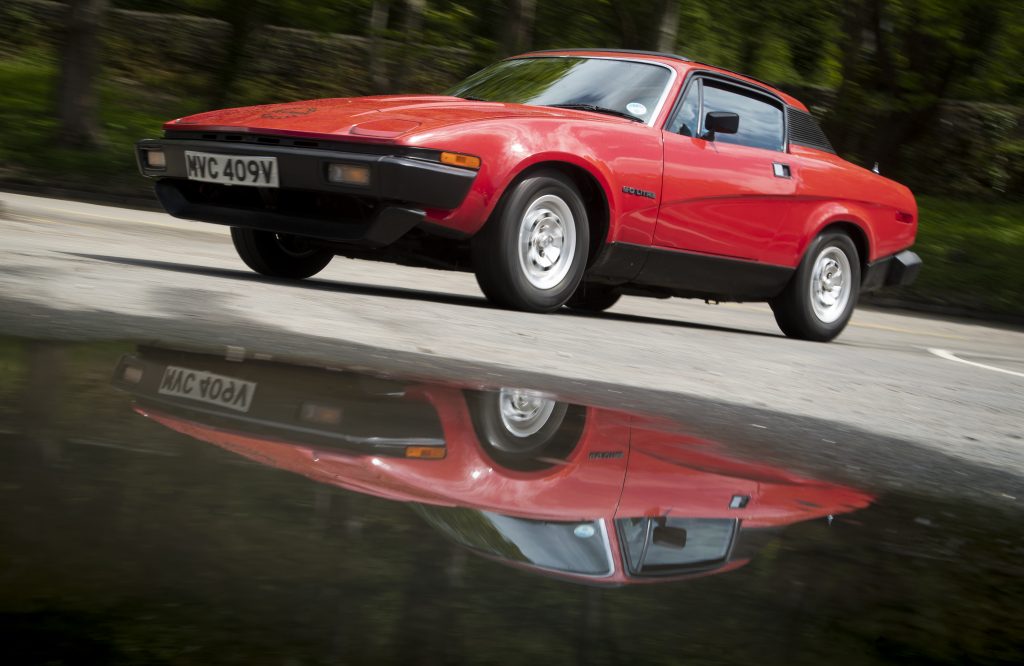
Mann favoured a wedge-shaped coupé, in part because US legislators had been rumbling about outlawing convertibles on safety grounds. By 1971, the TR7’s shape was fixed, including large plastic bumpers, pop-up headlights, and the car’s trademark curving slash along its flanks. Longstanding Triumph workers were wary of the new style, but they were placated with the use of the Dolomite’s 1998cc eight-valve slant-four engine. With 105bhp, or 92bhp for US cars, powering the 1000kg coupé, performance was reasonable for the class.
Early TR7s built at the Speke, Liverpool factory came with a four-speed manual or three-speed automatic, while later cars assembled first at Canley and then Solihull gained a five-speed manual. With either of the manual transmissions, the TR7 was widely regarded by the press and customers as the best TR to drive from its many generations. This was down to the engineering nous of Spen King, the man largely responsible for the Range Rover. He made sure the TR7’s simple suspension was accurately located and set up, so the live rear axle delivered a good balance between ride and handling.
More power was always on the cards for the TR7 and 25 Dolomite Sprint-engined cars were made in 1977 with 127bhp. However, this potentially very exciting TR7 Sprint was killed off when production moved to Canley. By then, the TR7 V8 had been homologated for motorsport use in rallying. It borrowed the Rover V8 and came with as much as 300bhp, while the roadgoing TR8 it spawned arrived in 1980 primarily for the US market. The TR8 made do with 135bhp running on carburettors or fuel injection depending on individual US state laws regarding emissions. A few right-hand drive TR8s were made, but this model accounted for only 2722 cars versus 112,375 for all TR7 versions.
That production number for the TR7 includes the drophead roadster that was eventually launched in 1979, though it didn’t go on sale in the UK until 1980 due to demand from the US. When TR7 production ended in October 1981, it was the best-selling TR of all, yet it was also the least regarded due to quality issues that dogged the model throughout its life. All of these niggles are easily addressed today and parts supply is excellent, making the TR7 a savvy choice – not to mention a prime example of British car design in the 70s.
What’s a Triumph TR7 like to drive?
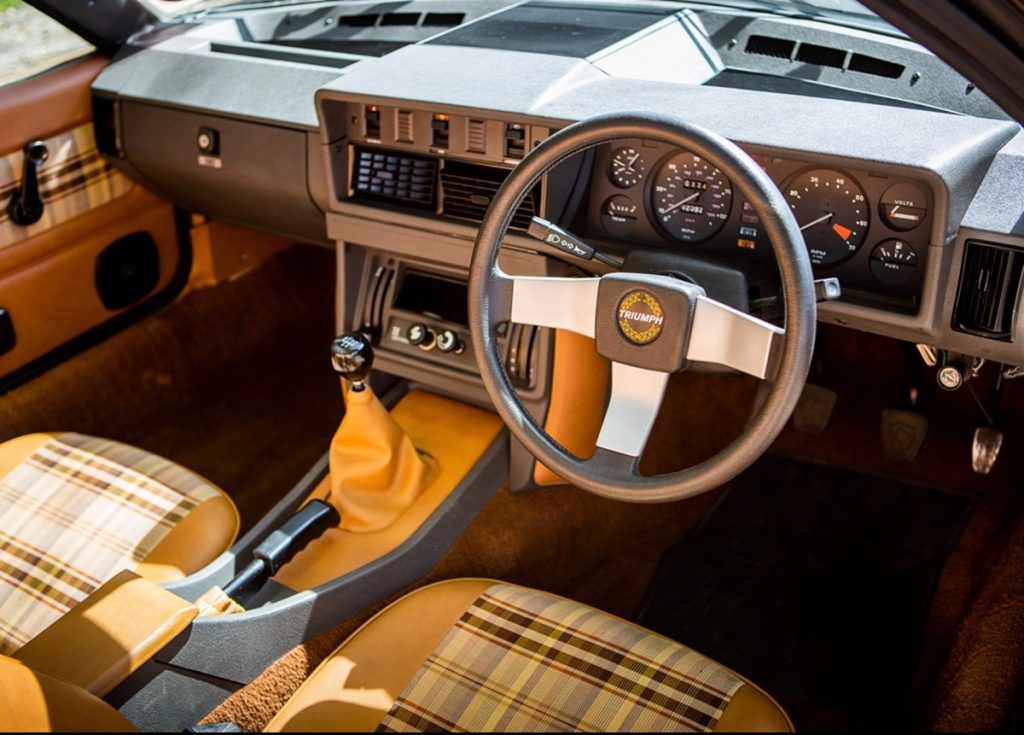
Given the hairy-chested image of the TR7’s immediate predecessor, the TR6, this wedge-shaped wonder presented a marked change of tack in driving manners as well as looks. Where the TR6 – detailed in this buying guide – and earlier generations of TR gave only a nod to comfort and ride quality, the TR7 was designed with this in mind from the start. It helped that Spen King was involved in the engineering of this car and he made the most of the simple solid rear axle with excellent location. Up front was an equally uncomplicated coil over shock arrangement with lower strut and rack and pinion steering.
With the US market in Triumph’s throughts, comfort took precedence but the TR7 provided decent, safe handling. Understeer is its natural reaction to being pressed hard into a corner, though the back wheels can be brought into play like any rear-drive car if you’re determined. Drive in this style and body lean will warn you off long before modern tyres will relinquish grip.
While not a B-road blast, the TR7 is fun to drive thanks to its light steering with good feedback. It’s happiest when cruising and we’d recommend seeking out the later five-speed manual cars for the most enjoyment unless you’re determined to own a four-speeder or three-speed automatic. The five-speed cars have a more robust transmission and better rear axle ratio, making them better suited to modern driving conditions.
If you want to cover big miles in a TR7, the coupé is the wiser bet with its improved refinement, but the drophead is the more sought-after car. The convertible suffers much less scuttle shake than a TR6 thanks to the newer car’s unitary construction. This design also keeps the weight of the coupé to 1000kg.
The relative light weight of the TR7 pays dividends with performance and the modest 105bhp 2-litre engine will take it from 0-60mph in 9.1 seconds. US versions with 92bhp are correspondingly slower and some emissions equipment can make the engine even less inclined to rev beyond 4000rpm than the UK model. Above this point, the engine becomes harsh, so better to short-shift up and use the motor’s decent helping of torque.
None of this is an issue with the V8-powered models, though they are not as quick as you might think given their 3.5-litre motor. Period figures show the TR8 covered 0-60mph in 8.4 seconds, with just 18.5mpg average economy to the 2.0-litre’s 26.4mpg.
What dates the TR7 more than anything, however, are the brakes. They are marginal at best compared to a modern car’s, so it’s little surprise many cars have long been upgraded to more powerful anchors with new callipers and servo. This is a worthwhile modification to look out for or consider adding, unless originality tops your list of must-haves.
One other point to consider with the TR7 over its older siblings is the cabin is a much more habitable place to sit. The seats and driving position are very good, and the dash is clearly laid out and easy to read. It even avoids looking too plasticky. Better still, the heating works effectively to keep you warm and demist the car on colder mornings.
How much does a TR7 cost?
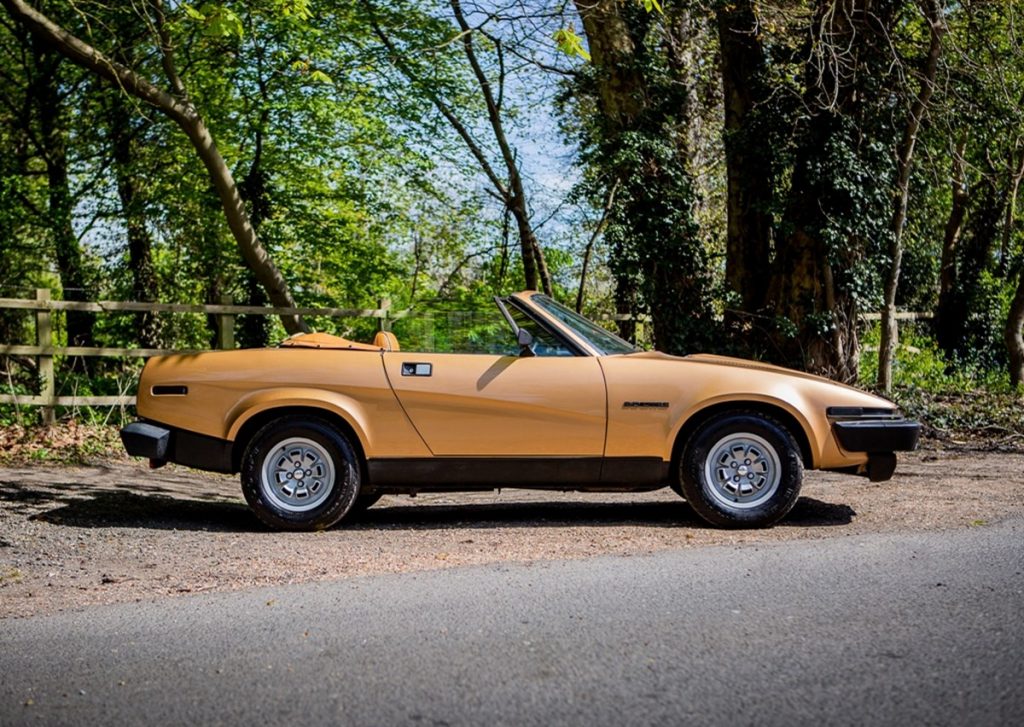
An immaculate early TR7 coupé built at Speke with its original interior will fetch £10,000, according to the Hagerty Price Guide, and be in demand with Triumph enthusiasts. These early cars were not as well built as cars made in Canley and the Solihull-made TR7s were the best of the bunch. It’s why some TR7 owners will suggest that if you want a TR7 to use regularly, the later the year, the better it will be, so usability balances out desirability. A nice, drivable car will cost between £5000 and £7000.
Fewer TR7 dropheads were made, but it’s really the attraction of the open-top roof that boosts its values over the coupé. As a consequence, you can expect to pay around £1000 more for the roadster in the same condition as a coupé of the same age, condition and specification.
If you are fortunate enough to find a genuine TR7 V8, its value will be decided by its competition history. Due to this, it’s very difficult to value these cars, but you can find very clean, restored TR8s for £15,000. Look for something in good overall shape but not perfect and £10,000 is the right budget for a TR8.
There are also plenty of TR7s that started life with a 2-litre engine and have been converted to V8 specification. Don’t discount these if the conversion has been properly carried out or it was done in period by Mark Grinnall of Grinnall Cars. A talented engineer, he rebuilt, restored and modified more than 350 TR7s, many of them with uprated V8s producing as much as 265bhp. Prices for Grinnall-converted cars are on a par with the TR8’s.
What goes wrong and what should you look for when buying a TR7?
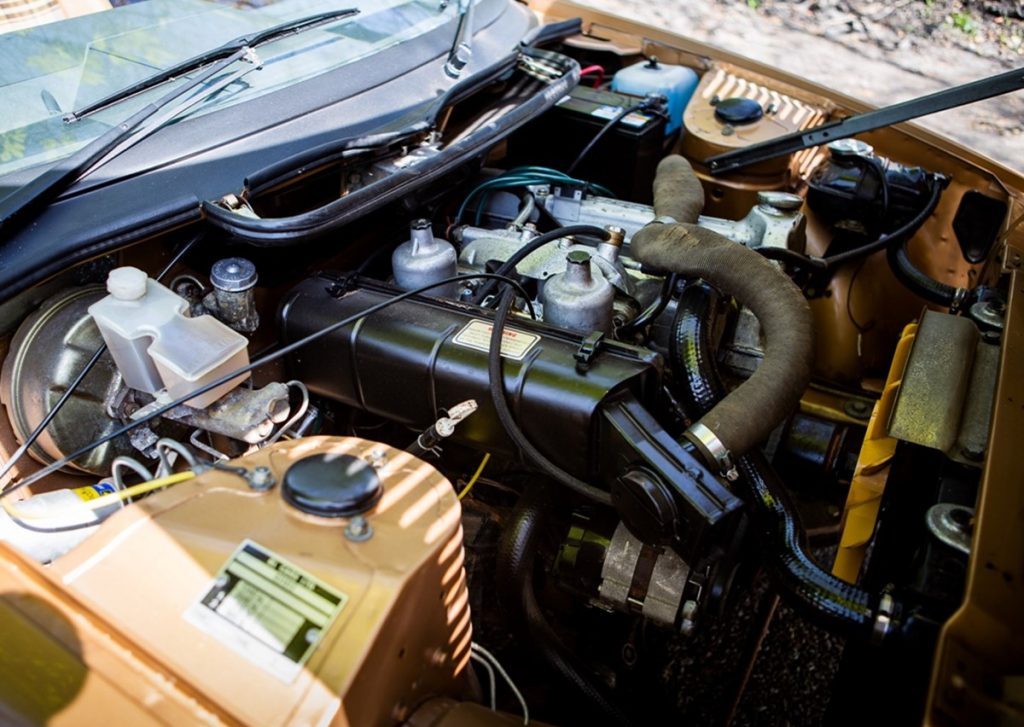
The TR7 is a British sports car, so rust is always the first port of call when checking out a prospective purchase. Check the entire length of the sills and lift the footwell carpets to look for signs of corrosion on the sills where they run behind the front wings. You also need to inspect the boot floor, bonnet, windscreen surround, spare wheel well, and front strut tops. Look for rust around the arches and suspension mounts, but don’t worry about flaky paint on the headlights as they have an aluminium cover. Luckily, repair panels are available for almost every part of the TR7’s body.
Under the bonnet, the 2-litre engine can leak oil from a warped cylinder head, leading to head gasket failure. Look for signs of oil seeping around the head and any ‘mayonnaise’ in the oil or coolant. The engine’s timing chain should be replaced at 25,000 miles intervals, or sooner if the car only covers small annual mileages. Poor running could be down to water in the fuel, which is caused by the position of the fuel filler that lets rain into the tank. This can also end in a rusty fuel tank. The good news is the TR7’s four-cylinder engine will run on unleaded fuel without any upgrades.
Early four-speed gearboxes are a weak spot for TR7s, along with the back axle used on these cars. Parts are scarce for this transmission, so the later five-speed manual is a much better bet and don’t worry if it’s a little noisy. The V8’s gearbox is robust and the under-stressed engine doesn’t tax it. The Rover V8 has some well-known wear points, including worn camshafts, cam lifters, and a stretched timing chain. Everything is available to rebuild and uprate the V8, so a worn motor is not an expensive disaster. Clonks from the suspension will be down to worn bushes, and check to see if the brakes have been uprated with better callipers and servo.
Inside, the TR7’s distinctive tartan seats and door cards are part of the car’s charm and replacements are easy to come by from specialists. Earlier cord interiors are much harder to find parts for, so make sure the seats and trim are in good condition for these original TR7s or budget to have it refurbished. The drophead’s roof should keep rain and water out, so look for damp in the cabin as an indicator it will need to be replaced. A new hood is around £300.
Which is the right TR7 for you?
For a car made in only two body styles and on sale for just six years, there’s an unexpected amount of choice when deciding which TR7 is the one for you. The car was only offered as a coupé until the arrival of the drophead in 1979. Early cars were made at the Speke factory in Liverpool, so they have an appeal as the original version.
Choosing between coupé or convertible will come down to personal taste, but the decision between 2-litre four-cylinder and 3.5-litre V8 is trickier. The V8 is quicker, but not by much and it’s markedly heavier on fuel. Admittedly, the 2-litre is not the most sporting of engines to use, but it pulls well if you choose the TR7 with the five-speed manual gearbox that comes with the improved back axle ratio. Only go for the three-speed automatic ’box if you really need a self-shifter as it blunts performance, economy, and enjoyment.
Read more
Buying Guide: Triumph TR4, TR5 and TR6
Buying Guide: Triumph Stag (1970 – 1977)
MGF driven: A fresh look at MG’s MX-5 rival

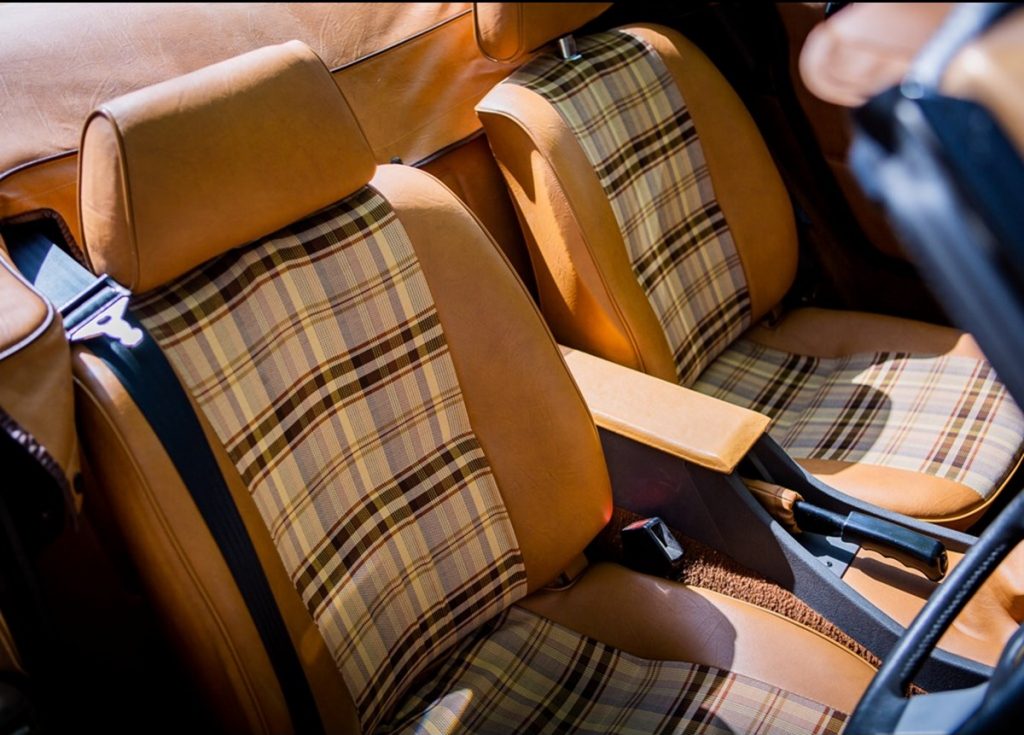
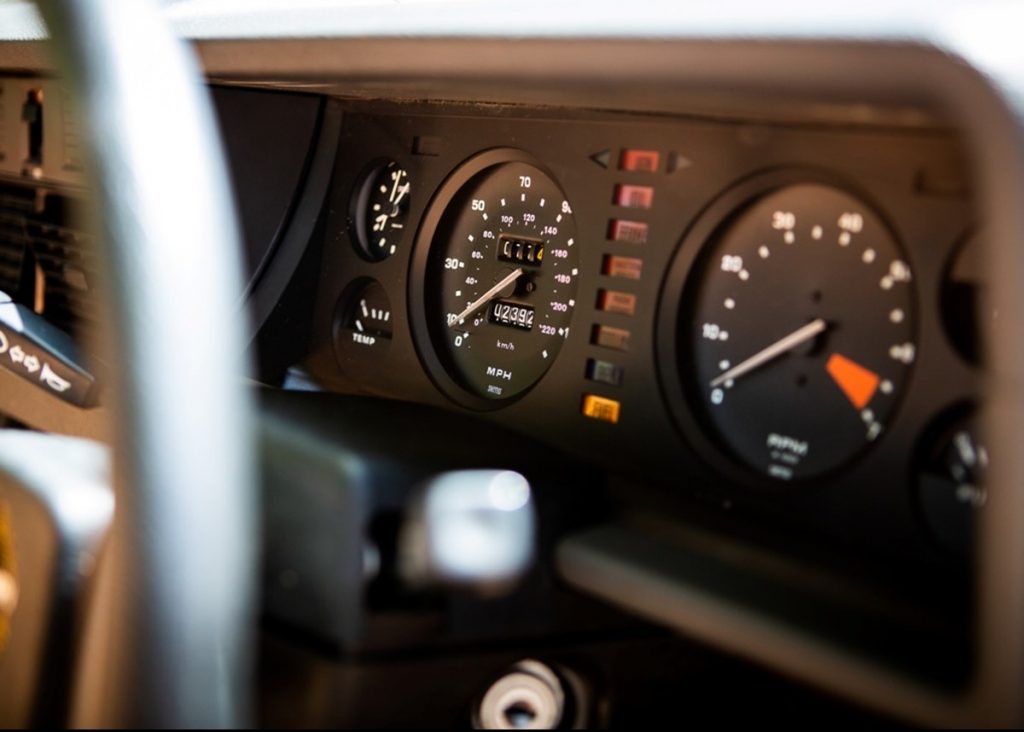
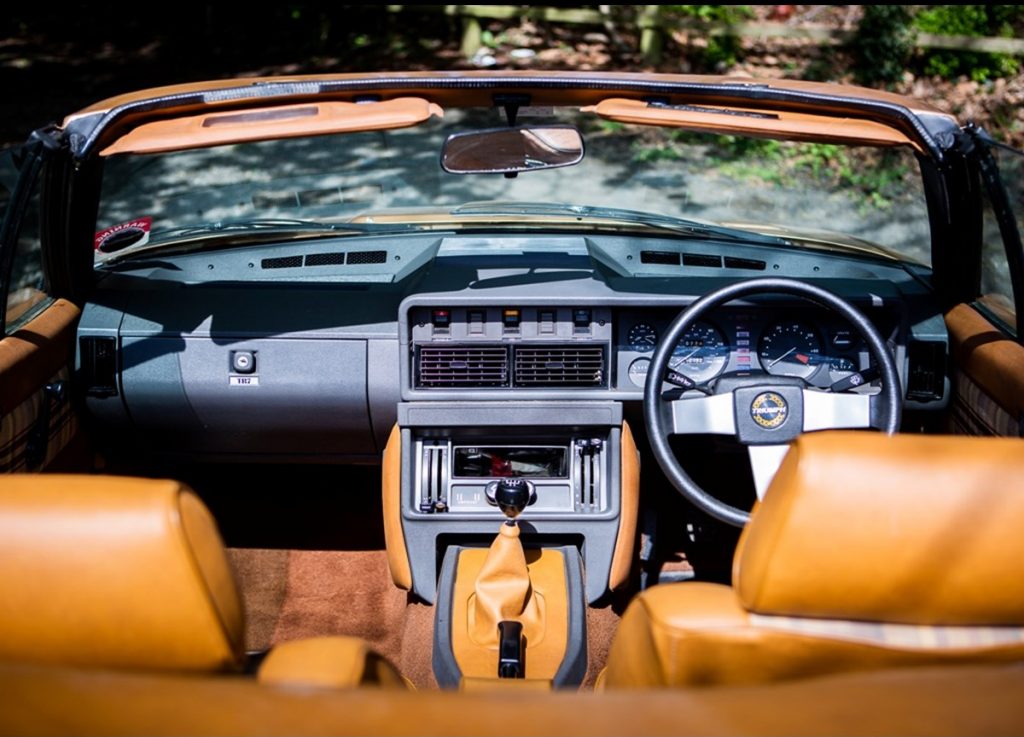
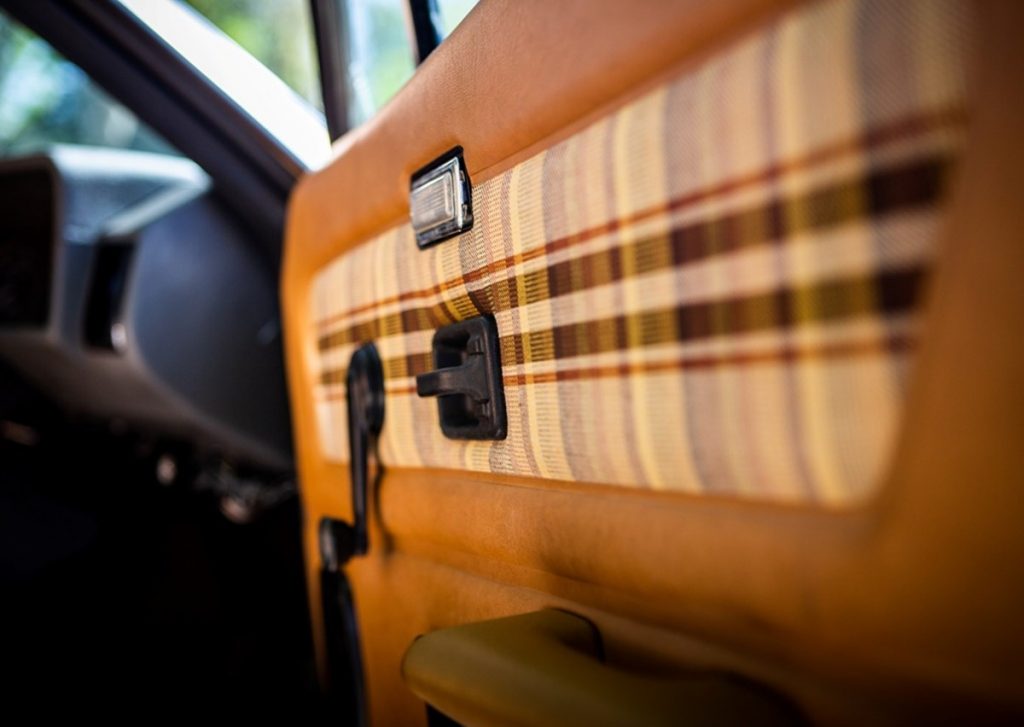



















Interesting read but note that there were 61 TR’s built with the 16-valve engine (not 25) – DR C K Smith (TR7 Archivist)
Great to hear a about the TR7 had mine for twenty years use it for golf in the summer. Put in redex in every fill up not sure about e10 crap see how it goes cars not worth much. Also I’m pass it
Great cars and parts are available. Have owned 2 TR8s (1 rare coupe done up by the Wedge Shop In
Taunton Ma and 2 roadster) and 4 TR7s and currently drive an 80 roadster .Maintained properly , they’re a ton of fun..,
Looking for a 1979 Triumph TR-7 ?
This One Family owned, from new in California and with No Rust. and only 29255 Actual miles,
Will be for sale at Barrett-jackson, in Scottsdale, AZ. Jan. 26th, 2023 Lot#628
At No Reserve…. Seeing is believing….
I had a soft top from new in 1981 and loved it. An undeservedly maligned car at the time. Faster than the MGB and it had great road holding. Glad to see that it is being appreciated.